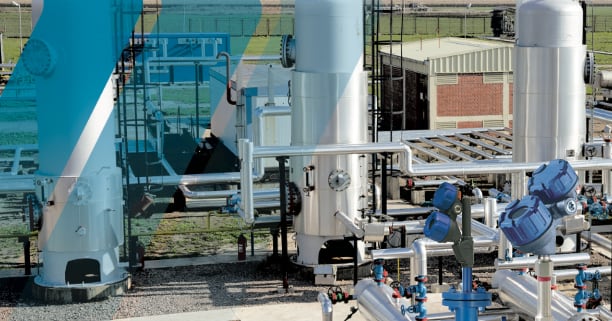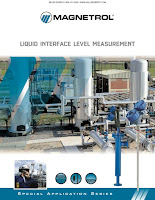Schubert & Salzer's sliding gate control valves are designed as an effective alternative to traditional control valves. The sliding gate valve controls liquid, vapor, and gaseous media precisely, quickly, and economically. The design is uniquely simple, but is intelligently built to handle complex applications that require precise control under taxing conditions. They are an excellent choice for a variety of media, including steam, liquids, and gases.
Sliding Gate Control Valve Operation
A sealing plate with many crossways slots of equal height is fixed in the body at right angles to the flow direction. A moving disc with the same slot arrangement moves in parallel to the fixed disc, thereby changing the flow cross-section. The prevailing differential pressure presses the moving disc against the fixed disc and seals it.
The machined orifices in the fixed plate or disc can vary in design, size, and configuration, determining the flow coefficient (Cv) and the flow characteristic of the valve. As the cross sectional area changes and the valve modulates, flow is broken apart, creating a variable field of area flow, which reduces energy and noise. The differential pressure creates a unique seal between the two plates, and when in the sealed position, an overlap of approximately 1 mm creates a leak-tight valve.
ADVANTAGES OF THE SLIDING GATE CONTROL VALVE
- Fits into tight spaces
- Outstanding rangeability
- 40:1 to 160:1
- Easy to install and maintain
- Variable Cv Values
- Significantly reduced energy consumption
- Minimal wear
- Extremely low leakage rate
- Optimal flow control
- Maximum differential pressures
For more information about Schubert & Salzer products contact Miller Energy, Inc. Call them at 800-631-5454 or visit their website at https://millerenergy.com.




